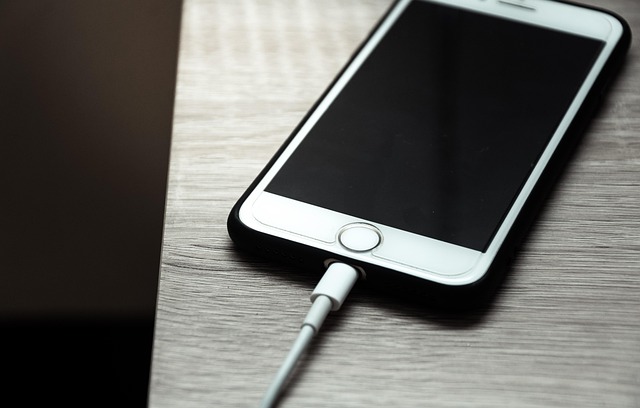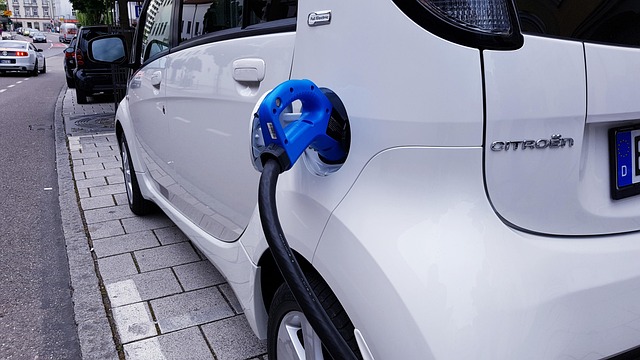
The Ultimate Guide to Electric Car Battery Charging Process: Tips and Tricks for Repair Enthusiasts
The rise of electric vehicles (EVs) has transformed the automotive industry, offering a greener alternative to traditional cars. However, as a repair enthusiast, understanding the battery charging process of these vehicles is crucial for keeping them running smoothly. Whether you are a DIY mechanic, a professional technician, or just have a keen interest in car repairs, this guide will delve into the intricacies of electric car batteries, emphasizing the essential tips and tricks you need to know.
Understanding Electric Car Batteries
Electric cars primarily use lithium-ion batteries, which are efficient and have a long lifespan compared to older battery technologies. These batteries are composed of multiple cells, each storing energy that powers the car’s electric motor. Familiarity with how these batteries function will give you insight into the battery charging process.
The Basics of the Battery Charging Process
The charging process for electric vehicles typically involves two main components: the charging station and the battery management system (BMS). When you connect your EV to a charger, the following steps occur:
- Connection: The charging station establishes a connection to the car’s BMS.
- Communication: The BMS communicates with the charger, identifying the battery’s state of charge and health.
- Charging: The charger delivers electricity, and the BMS regulates how much power is sent to the battery.
- Completion: Once fully charged, the BMS signals the charger to stop delivering power.
Choosing the Right Charging Equipment
There are multiple types of chargers available, ranging from home chargers to high-speed public charging stations. As a repair expert, it’s essential to understand the different charging levels:
- Level 1: Standard 120V outlet. Ideal for overnight charging but slow.
- Level 2: 240V outlet. Provides a faster charge and is recommended for home use.
- DC Fast Charging: Offers rapid charging for long-distance travel but can strain the battery if used excessively.
Maintenance Tips for Electric Car Batteries
Proper maintenance can prolong the life of electric car batteries and ensure they perform optimally. Here are some crucial tips for maintaining the health of your car’s battery:
- Avoid Deep Discharges: Keeping the battery charged between 20% and 80% is ideal to enhance longevity.
- Regular Monitoring: Use diagnostic tools to monitor battery health and performance.
- Temperature Management: Ensure the vehicle is kept in a temperature-controlled environment to avoid extreme heat or cold which can harm the battery.
Car Service and Repair Insights
If you are considering entering the electric vehicle repair niche, understanding the battery charging process is invaluable. Familiarize yourself with the common components related to EV batteries, such as:
- BMS: The brain of the battery that manages charge cycles and ensures safety.
- Cooling Systems: Essential for maintaining optimal battery temperature during operation.
- Charging Ports: Ensure they are clean and functional to prevent charging issues.
Keeping Up with Car News
The automotive landscape is rapidly changing, especially with advancements in electric vehicle technology. Staying informed about the latest trends, innovations, and rules surrounding electric vehicles will not only enhance your repair skills but will also position you as a knowledgeable resource in the evolving car service market.
As electric vehicles continue to emerge as a significant part of our roads, understanding the battery charging process is essential for anyone looking to delve into this electrifying aspect of car repair. With the right tools, knowledge, and maintenance practices, you can ensure that these vehicles remain reliable and efficient for drivers everywhere.



